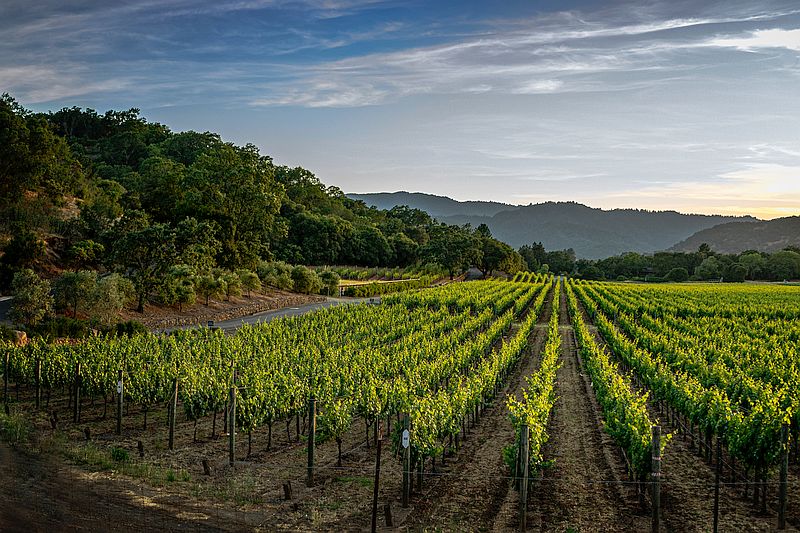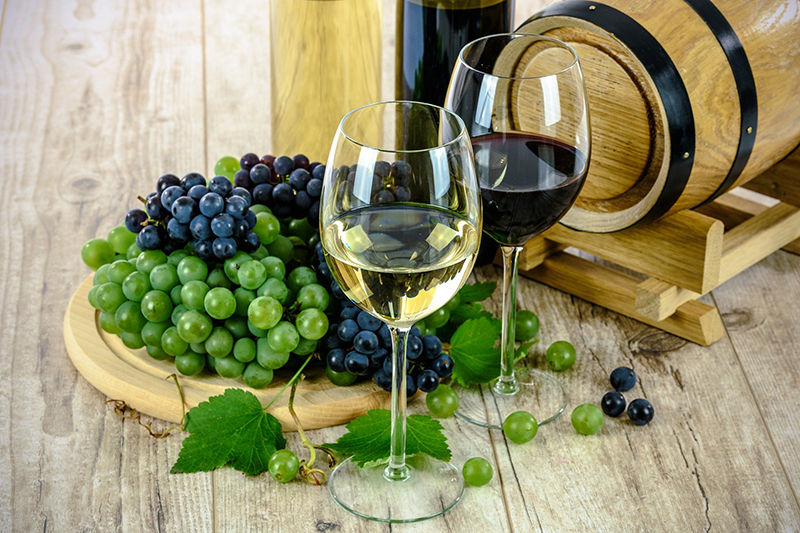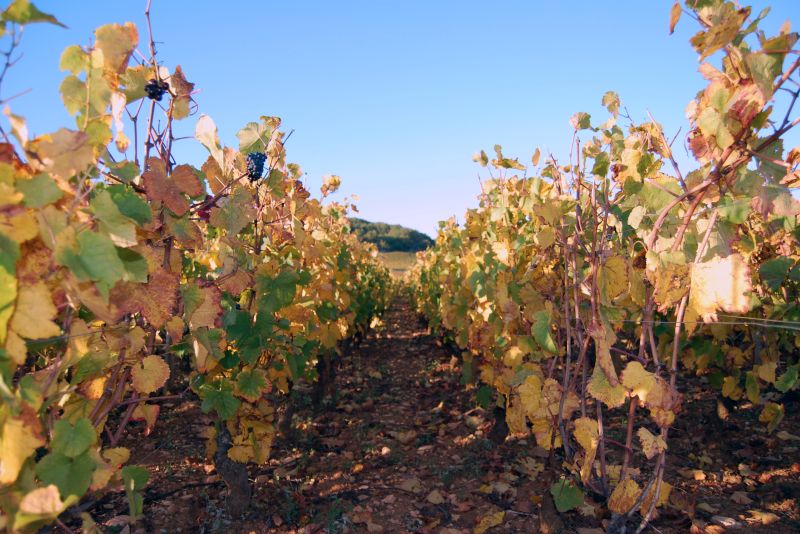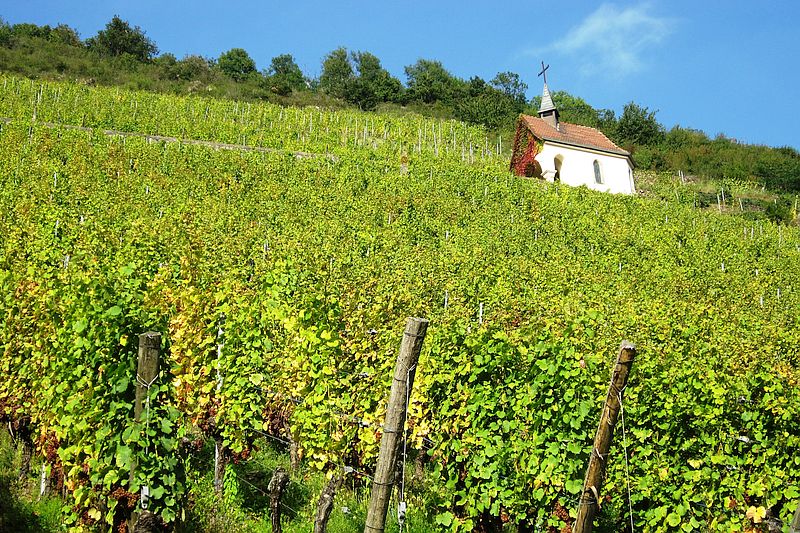Both cultural and natural history have combined to make the Southern Rhône Valley wine region one of the most fascinating regions of France. Viticulture as we know it arrived in the south of France with the Phoenicians in the 4th century BC, but it was the Romans who established the vineyards and reputation of the area using the Rhône Valley wine region as their highway through France.
While they were establishing trade routes along the river, the Romans also planted a few vineyards as they went, and today the banks of the Rhône River are lined with vines.
The Rhône Valley, situated between Provence and the Languedoc, stretches 125 miles from Vienne to Avignon. The northern vineyards, known simply as the Northern Rhône, include Côte Rôtie and Hermitage. In the south, grapes ripen more fully, and therefore the alcohol content of the wine is high. The southern vineyards produce Côtes du Rhône, including Châteauneuf-du-Pape wines, which are strong in alcohol and taste and dark in colour. Though technically Côtes du Rhône wines can be from vineyards anywhere along the river, 80% are blended from grapes in southern vineyards. Syrah, with its smoky, blackberry flavour, is the great grape of the Rhône Valley wine region.
 English
English
 Spanish
Spanish French
French German
German Norwegian
Norwegian Portuguese
Portuguese Swedish
Swedish Italian
Italian Russian
Russian Simplified Chinese
Simplified Chinese Japanese
Japanese






